The C and O Canal Towpath No Need for Speed
The C and O Canal is a choice example of industry giving to the people in spite of its original intent. If conceived as a road to serenity, beauty and wonder, they would not have built it. Nonetheless, that is its function today.
Operating from 1831 through 1924, the Chesapeake and Ohio Canal served trade between Washington D.C. and Cumberland Maryland along 185 miles of the Potomac River. It never achieved the aim of linking the Chesapeake Bay to the Ohio Valley and a persistent barrage of engineering obstacles, railroad competition, concept obsolescence, management conflicts and acts of nature ultimately ended its tenure as a commercial enterprise. After a long whimpering demise, a period of neglect, and battles saving it from destruction for new infrastructure, it was designated a National Monument in 1961 and a National Historic Park a decade later.
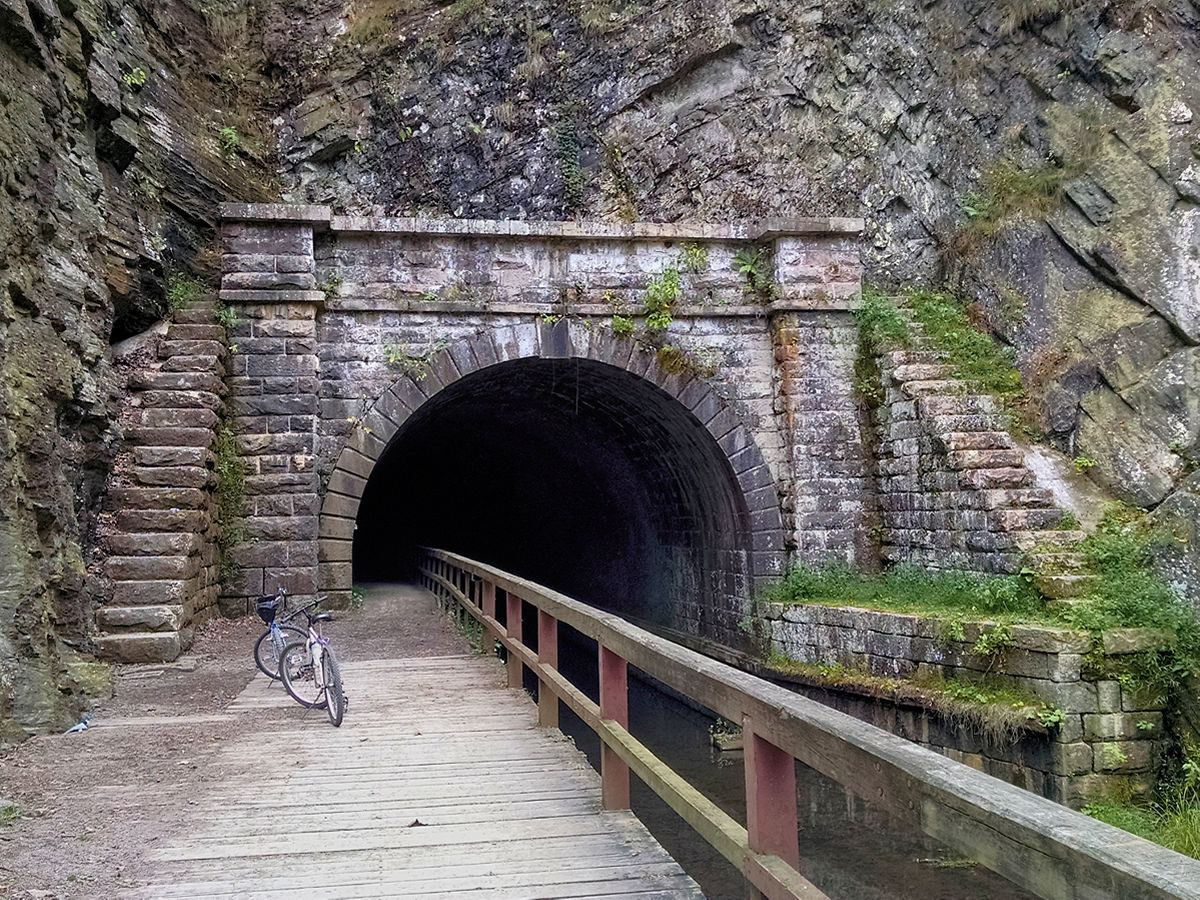
Ambitious cyclists can travel the full length of the C and O in 3 days or less. If the act of cycling in and of itself is your prime directive, the towpath does provide a pleasant backdrop to your conquest. However, many nuances and broader experiences may be negated by charging through. I am in no way snarking such muscular endeavors, I acknowledge the appeal, they simply do not furnish my preferred brand of release. My Ladyfriend and I took quite the opposite approach, at an old mule’s pace, with our bikes as tools of whimsical exploration and autonomy. Via a series of out and back day trips, over two and half years, we rode all sections of the towpath in both directions and have visited the canal in all seasons.
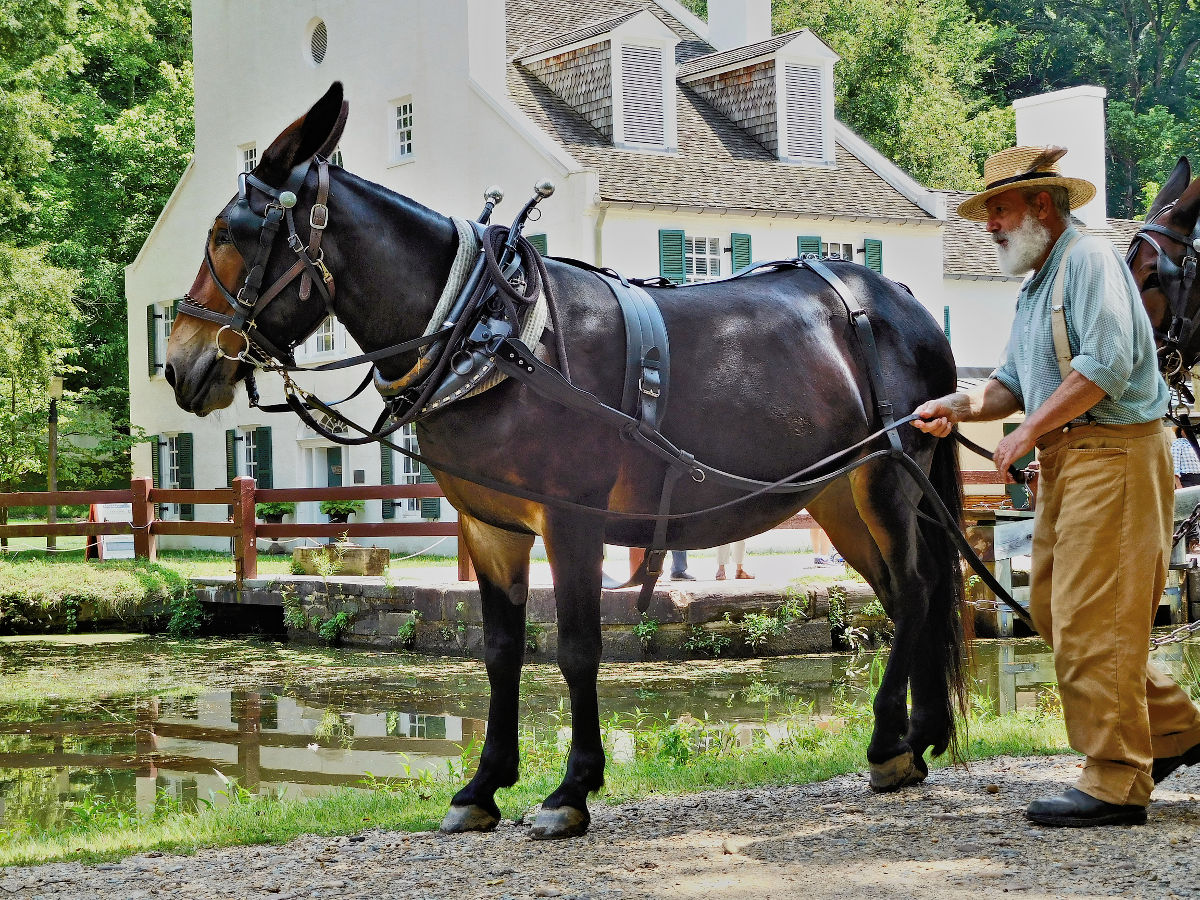
Tranquility was graciously administered, dose by dose, on the towpath. Basking Turtles laid siege to nearly every inch of log for miles during spring, vanished in autumn, and we anticipated their reemergence as winter waned. Between the stone block walls of still watered locks, tiny kingdoms of flora and fauna flourished among the conversation of frog choirs — rising and falling with the seasons. Our introduction to the Paw Paw inspired the hunt for the oddly tropical trees —hiding in plain sight. We shook their trunks and made them rain ripe, custardine, native fruit for packing full our panniers the following September. We passed the Great Falls of the Potomac at its near fiercest and calmest, and have felt transported to the American West along the ridge of the Mather Gorge. We traveled much further than we rode.
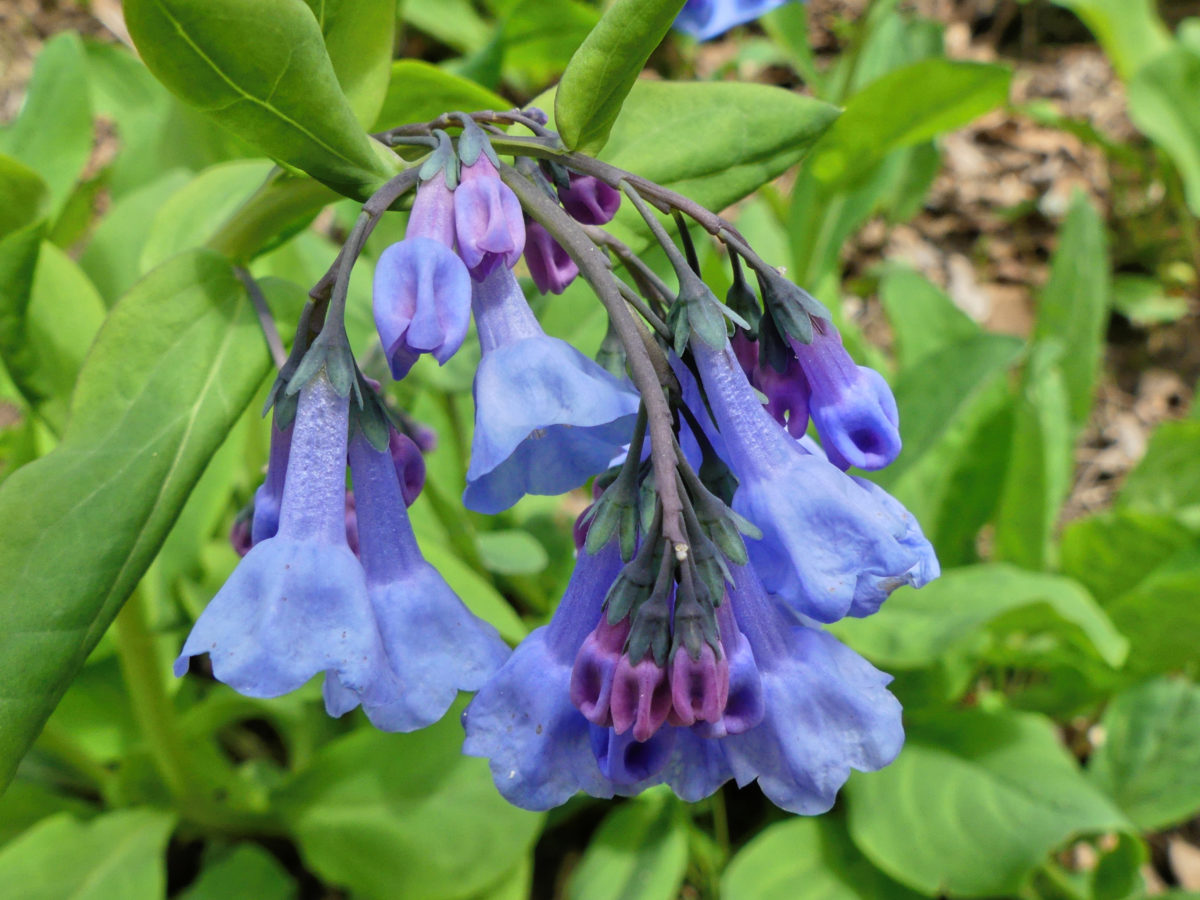
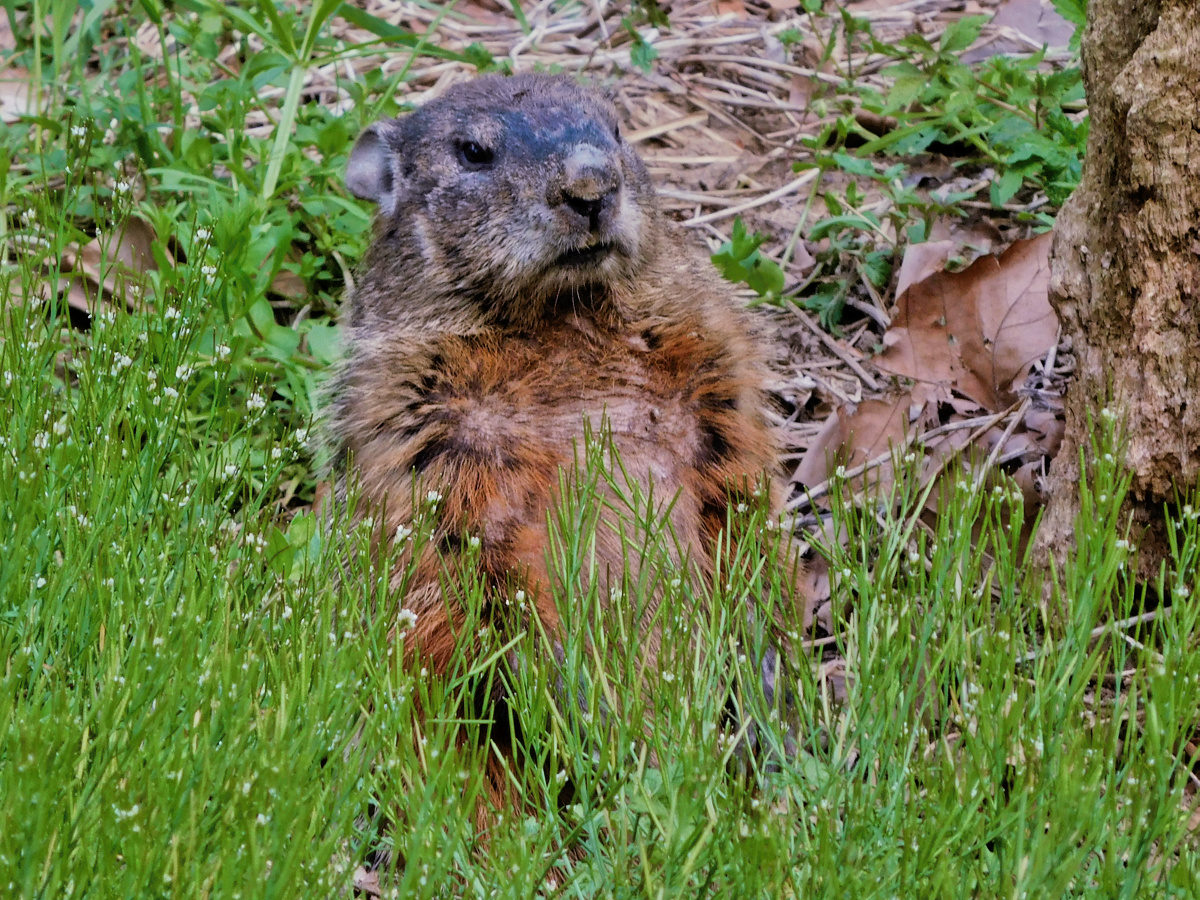
Flanked by mills, quarries, lock houses, trestles and bridges while riding over dams, locks, aqueducts and culverts — hundreds of historical structures and ruins were surveyed. Most are the very components of the canal and many are still operable. An awareness begins to assemble — you are exploring the inner workings of a geographically immense apparatus of stone and wood. A now retired behemoth machine, resting in accord with the environment that it was intended to subdue. The fascinations of engineers, historians, and naturalists converge in harmony. The imagination is provoked as well — the eyes of my child self would sometimes bypass reality to glimpse medieval castle walls and remnants of lost civilizations.
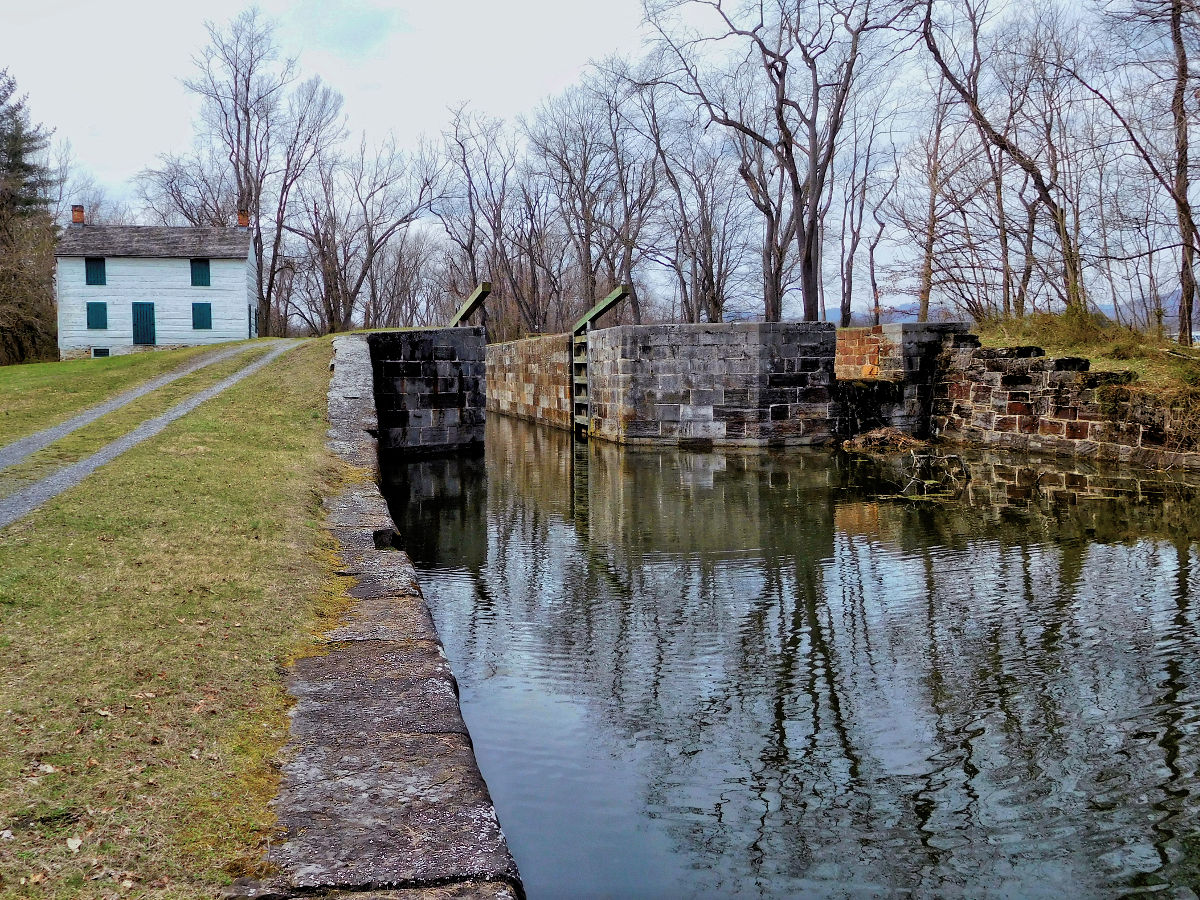
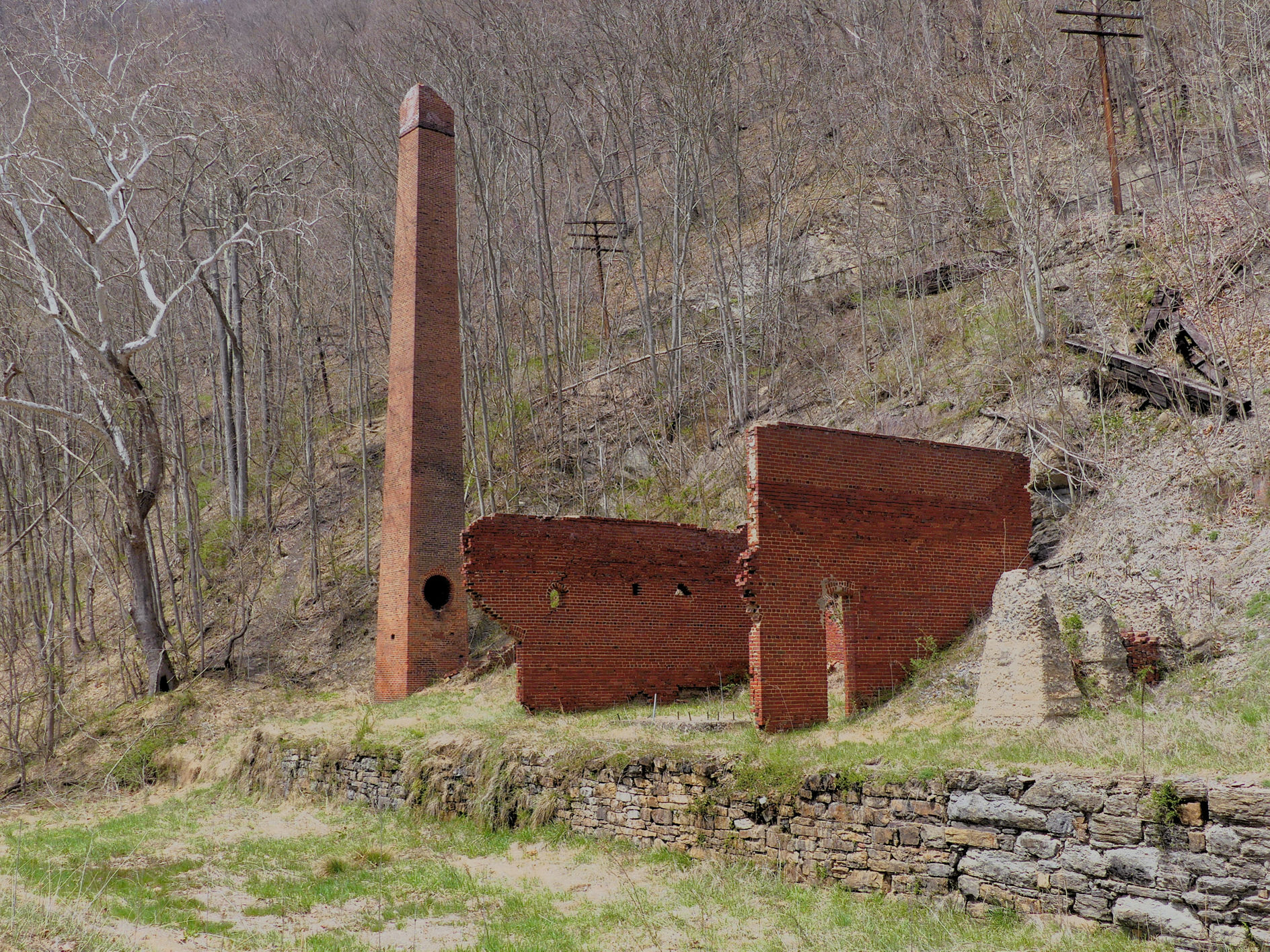
A wide variety of regional wildlife have crossed the path ahead of us. River otters, fox, ruffed grouse, hawks, deer, herons, owls, wild turkey, muskrat, snakes, snakes, snakes. All have been observed commuting between the canal and the Potomac River, while we straddled the border of these two vibrant parallel environments.
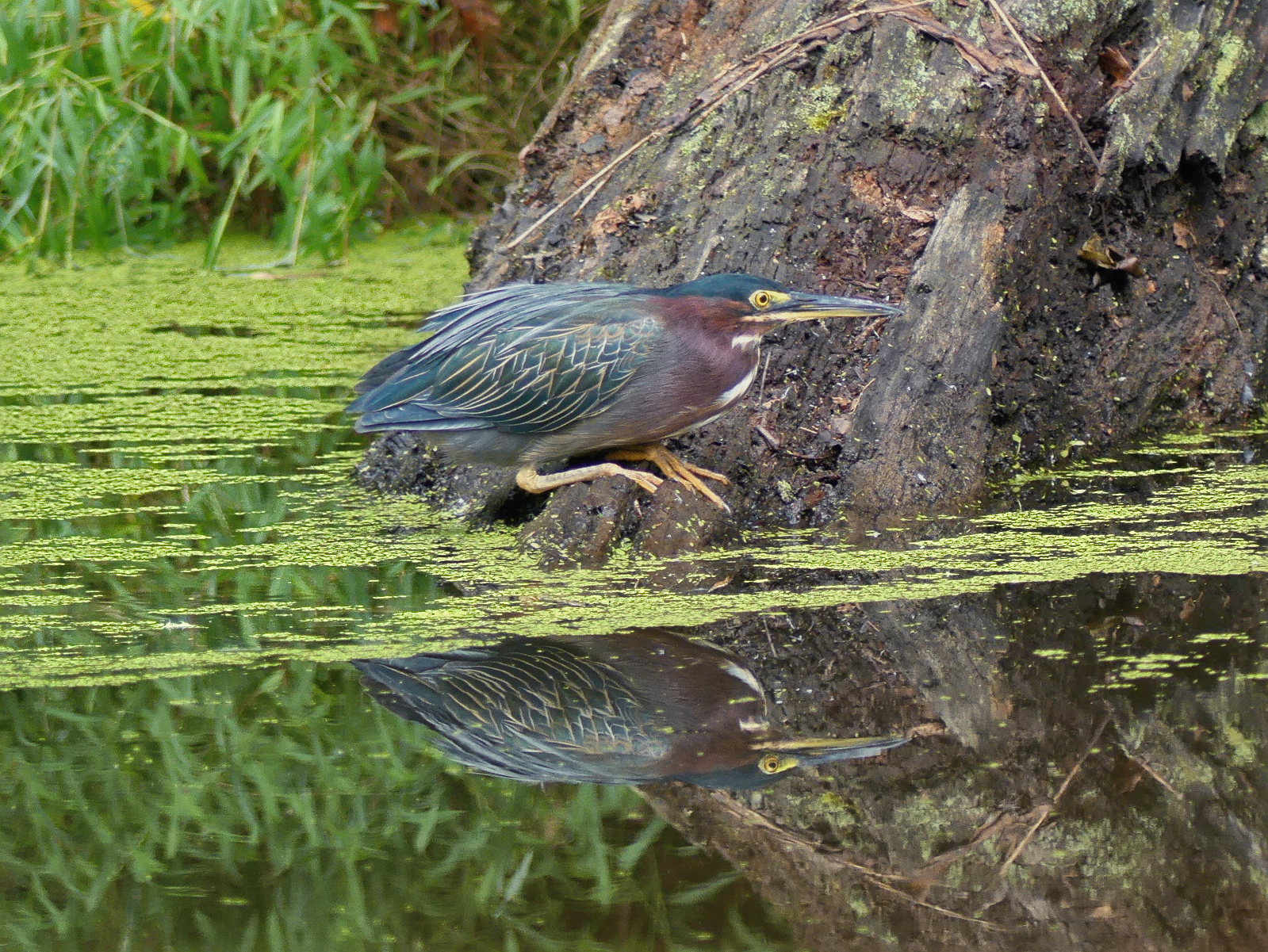
The human element is represented as well, not just in the many ghosts of the civil war or industrial artifacts but in long standing communities. Brunswick MD, Harpers Ferry West Virginia, Williamsport MD, Hancock MD, Shepardstown West Virginia, Cumberland MD, among others. They are not to be dismissed as disparate landmarks or words on a map. We no longer perceive them as unrelated remote towns, some better known than others.
In stopping frequently we recognized that all of these communities, stretching from the Fall Line to the Ridge and Valley of the Appalachian mountains, have an integral relationship to the C and O and to the region as a whole. Without their past contributions to the arteries of trade and production, other major cities along this route could not have evolved as we know them. Without their contemporary roles as keepers of history, artist havens, and outdoor recreation hubs — the whims of sprawl and franchise might strangle and debase this precious corridor. Though I was born and bred in Baltimore, I feel much more like a Marylander now. My home extends beyond the boundaries of the city I reference as such.
Our campaign to ride the entire towpath began haphazardly. After several day trips, then unconnected in our minds, a pink magic marker deployed upon a brochure map revealed our unconscious intention. We had unknowingly begun a journey and decided to complete it by staying true to the method— or lack thereof — that led us to the threshold. We continued to slack our pace, wander, and pause to have ourselves found by places where we belonged. I Invite you to gradually discover this liberating sensation. There is no rush but the river flowing by.
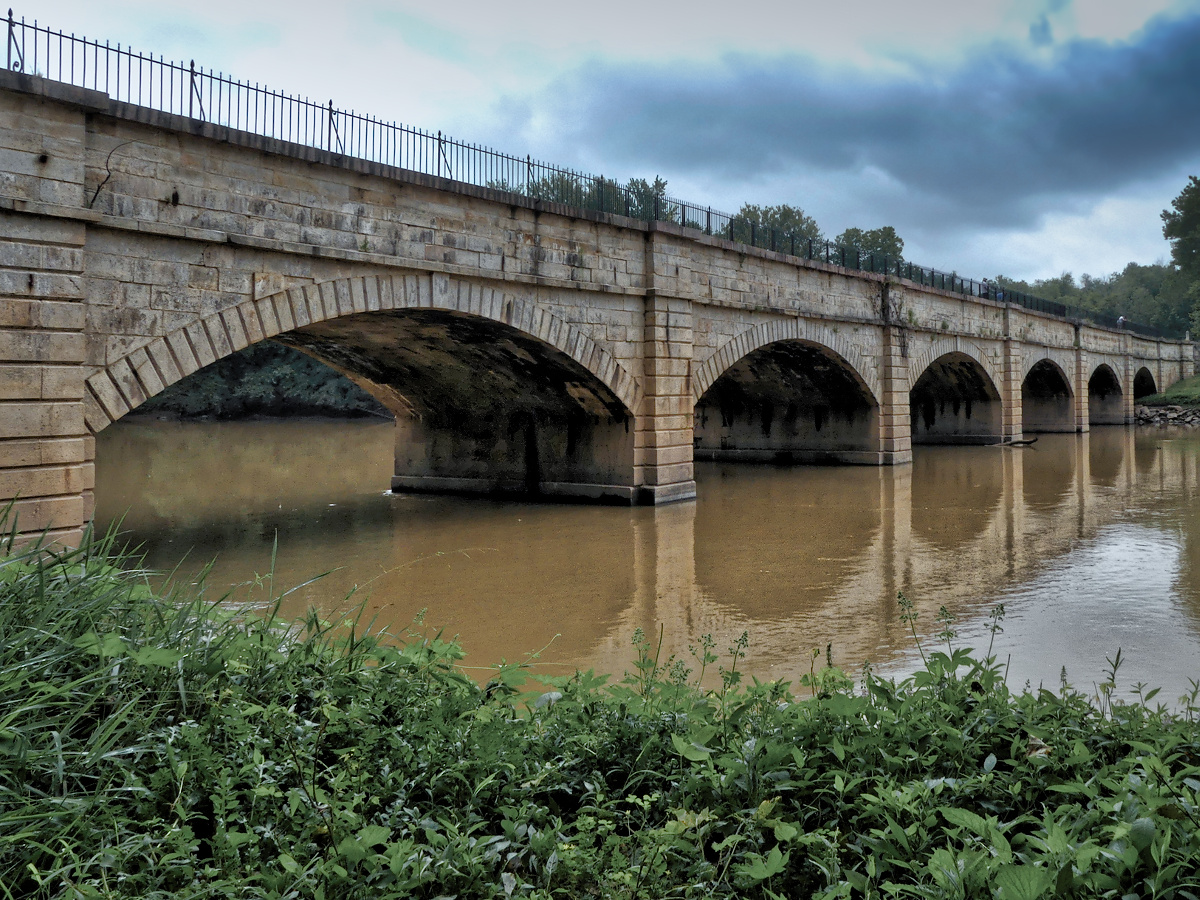
FOR MORE INFORMATION:
The C and O Canal Trust_
The official non-profit partner of the Chesapeake & Ohio Canal National Historical Park. Events, volunteer actions, education, stewardship, visit preparation.
The National Park Service, C and O Canal Page
Current Conditions, Directions, Trail Maps, history, visit preparation.
The C and O Canal Companion by Mike High
The definitive mile by mile guide book. This is the one to get.
Potomac Pathway by Napier Shelton
Naturalist guide to the C and O Canal. Makes for a valuable companion to the book mentioned above.

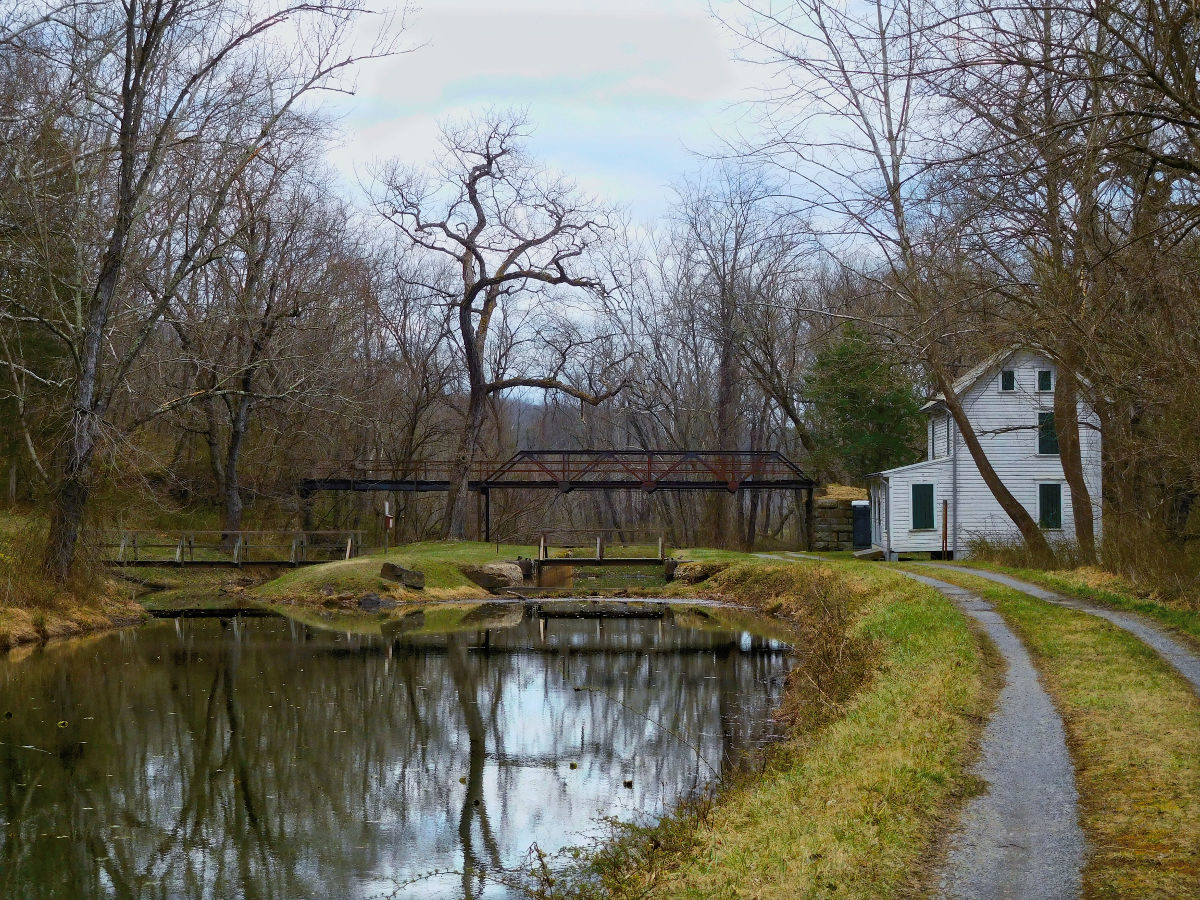
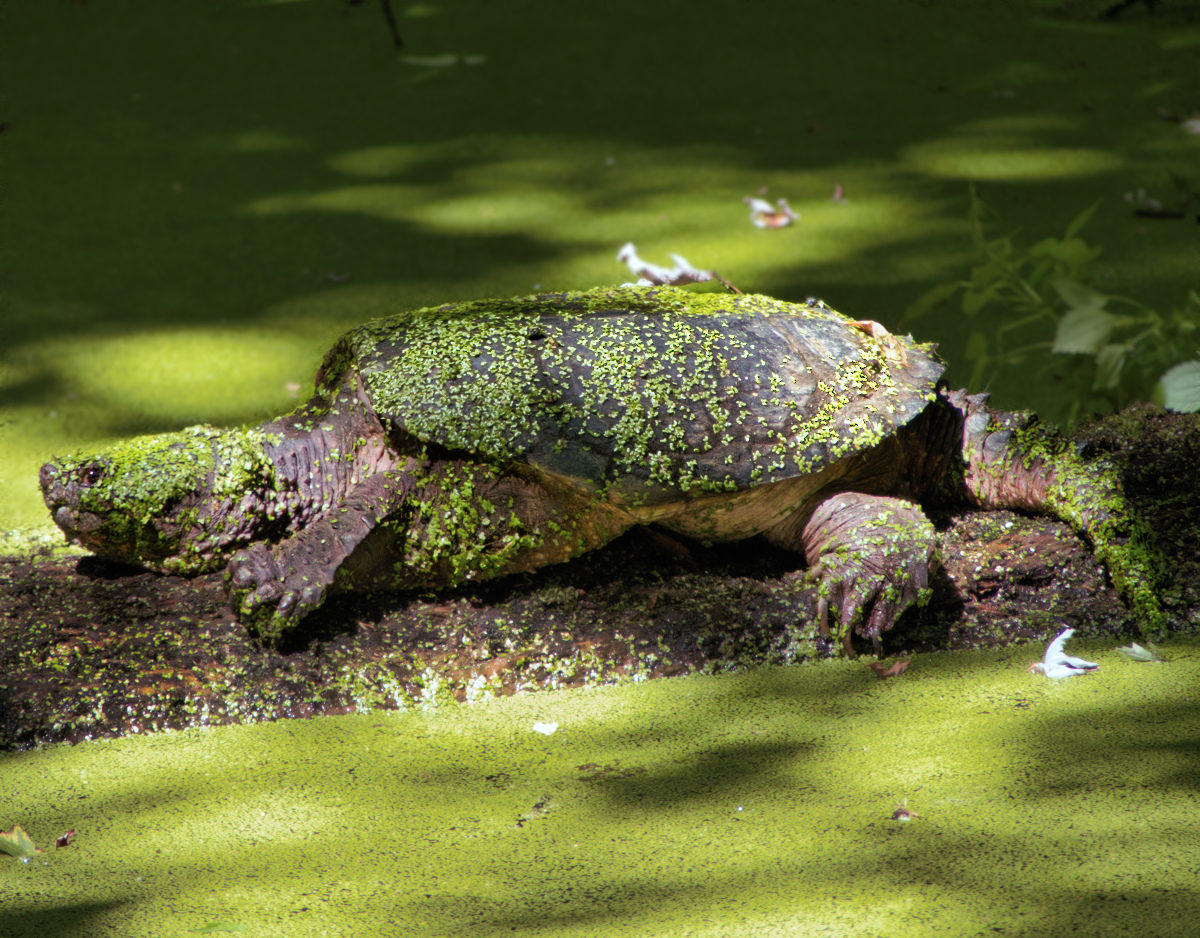
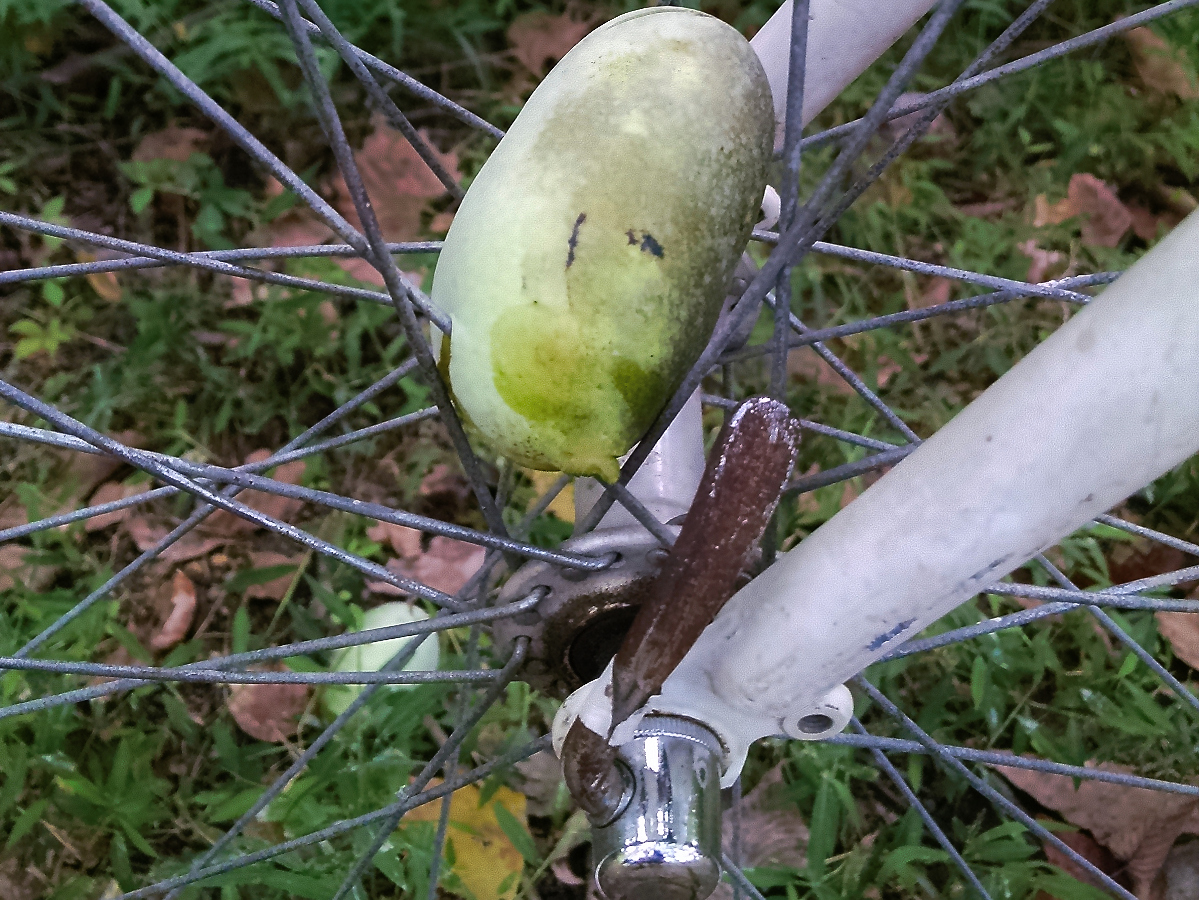
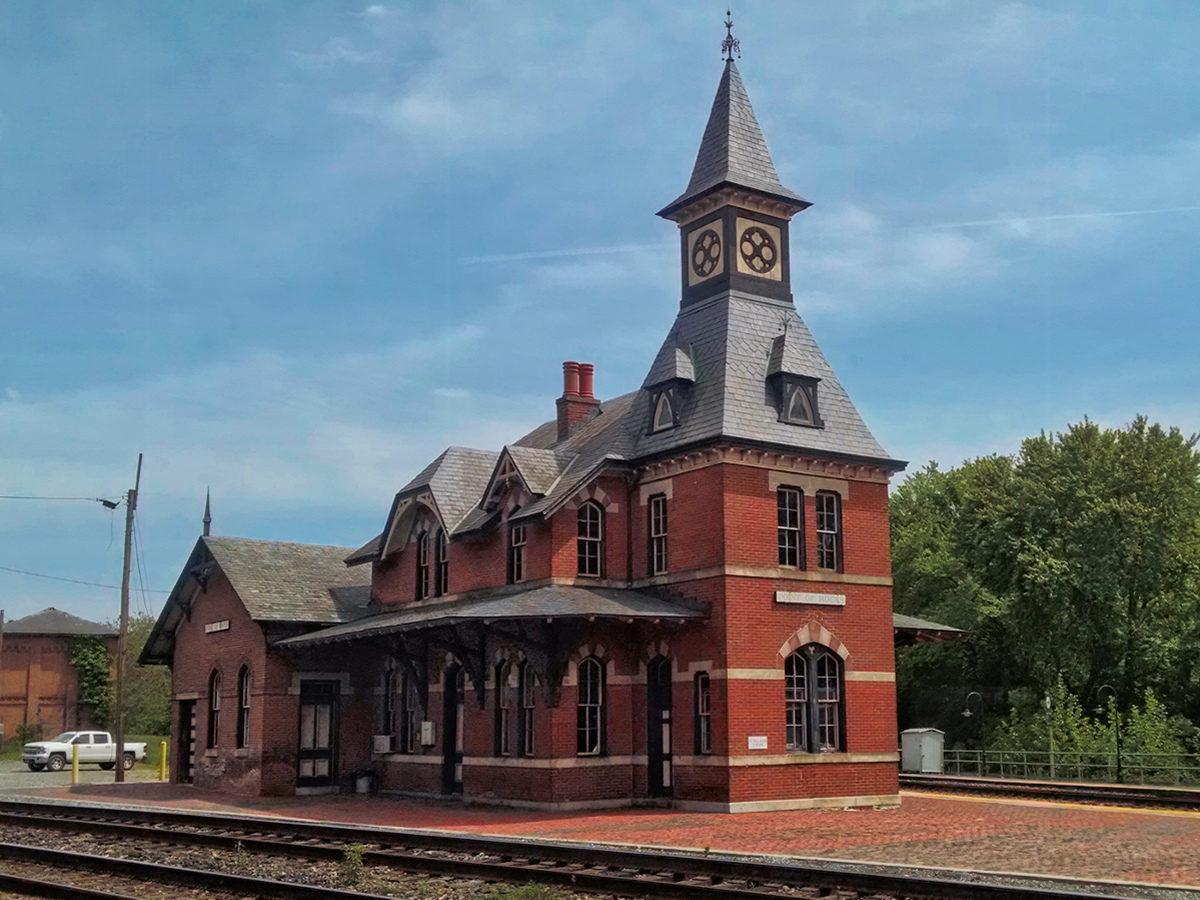
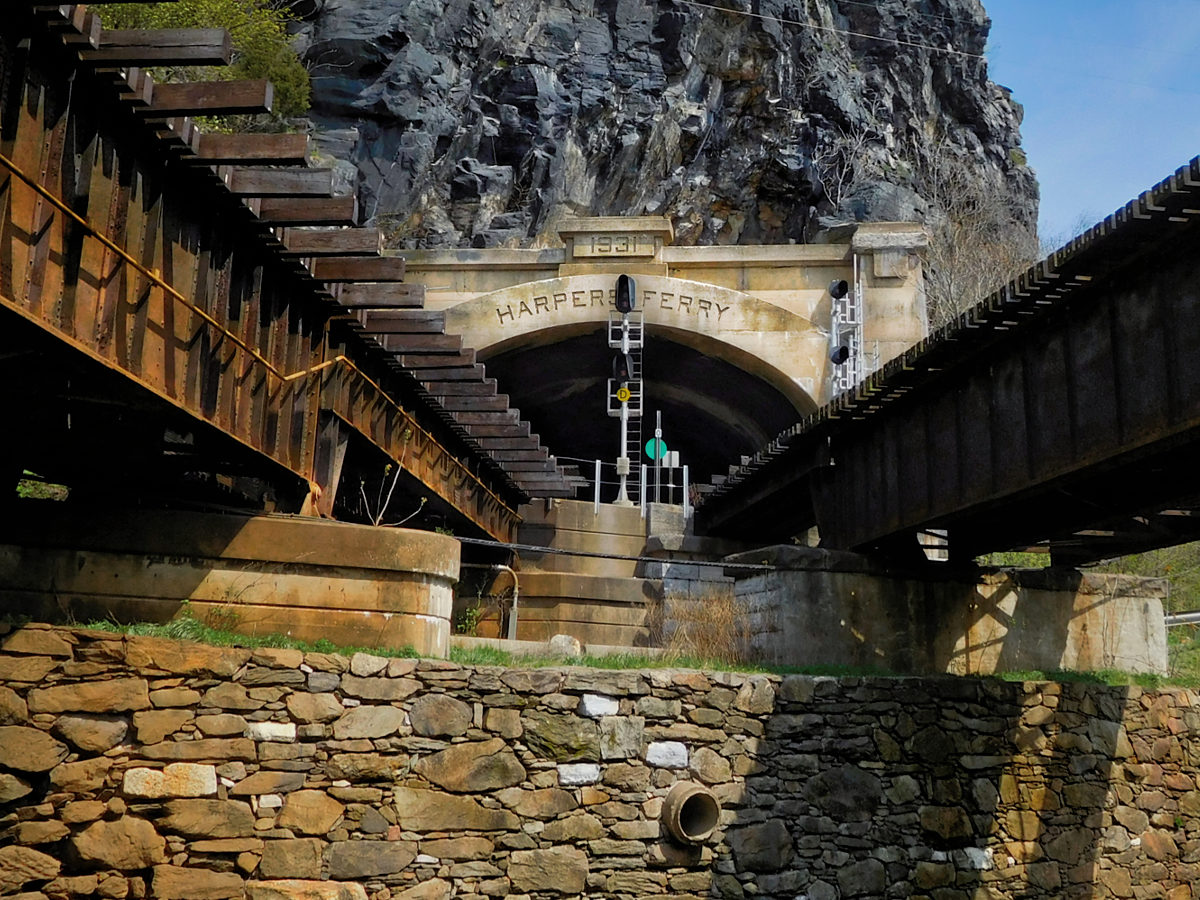
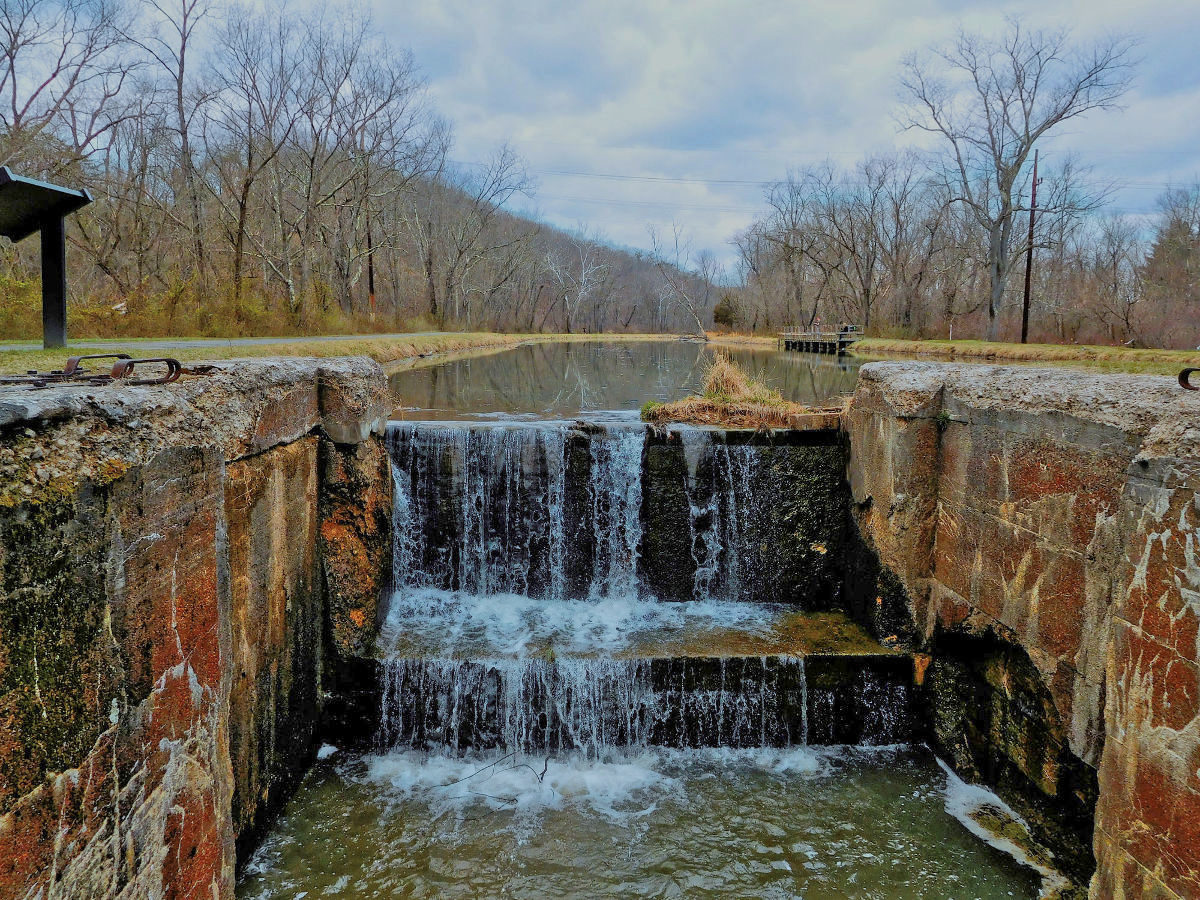
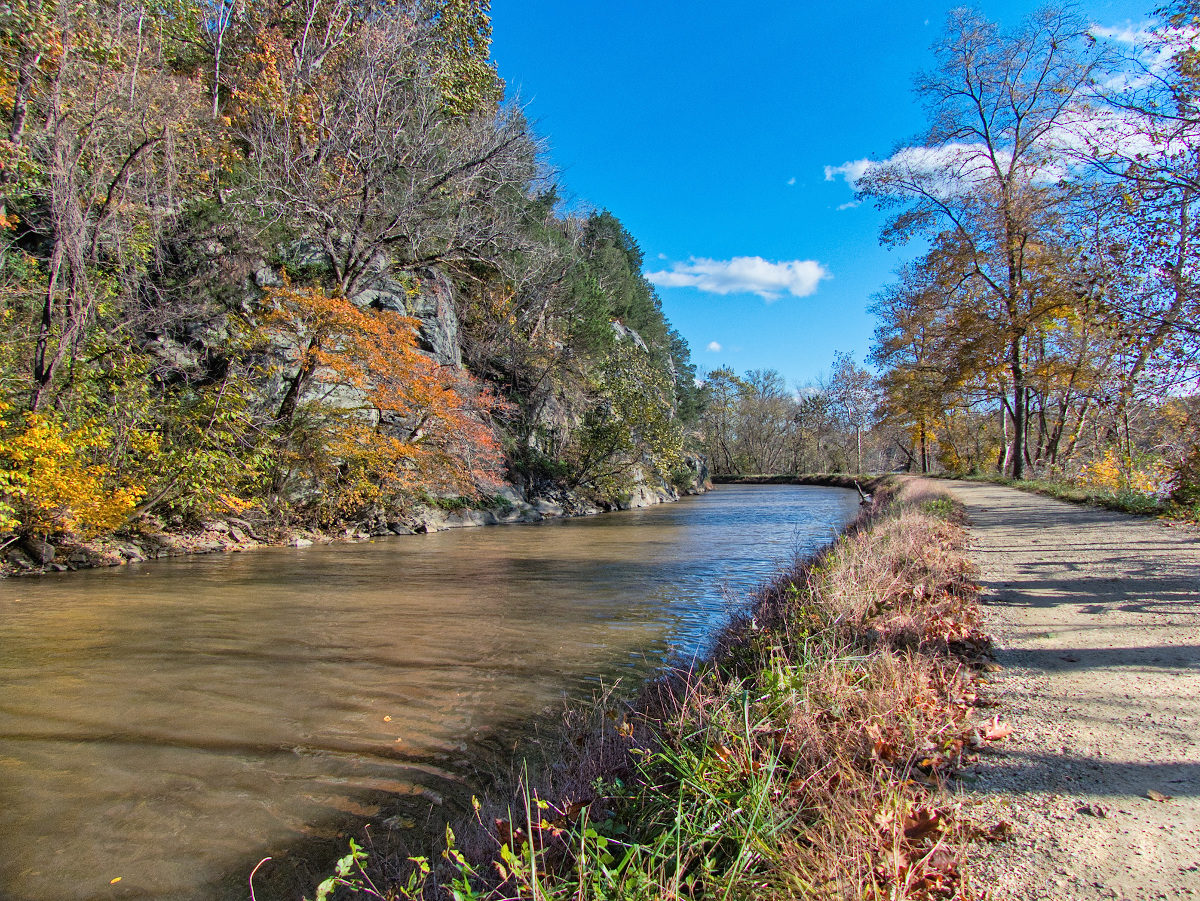
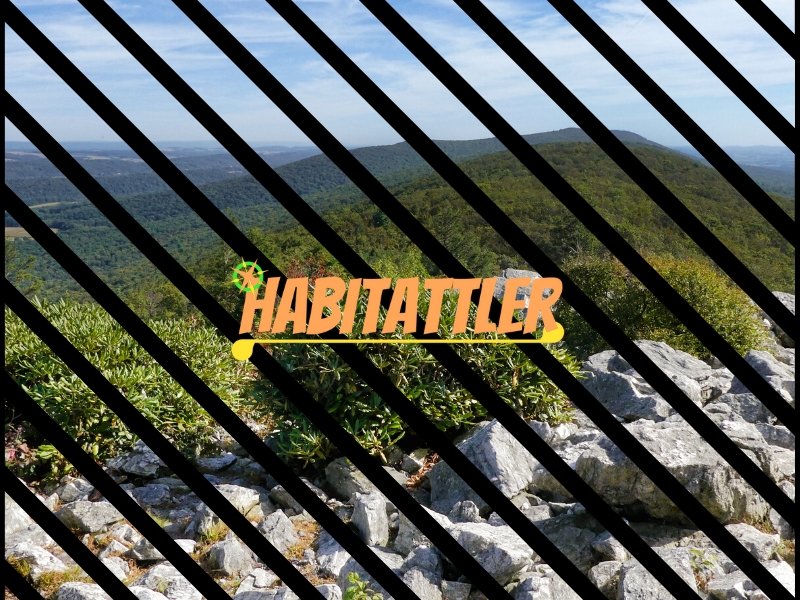
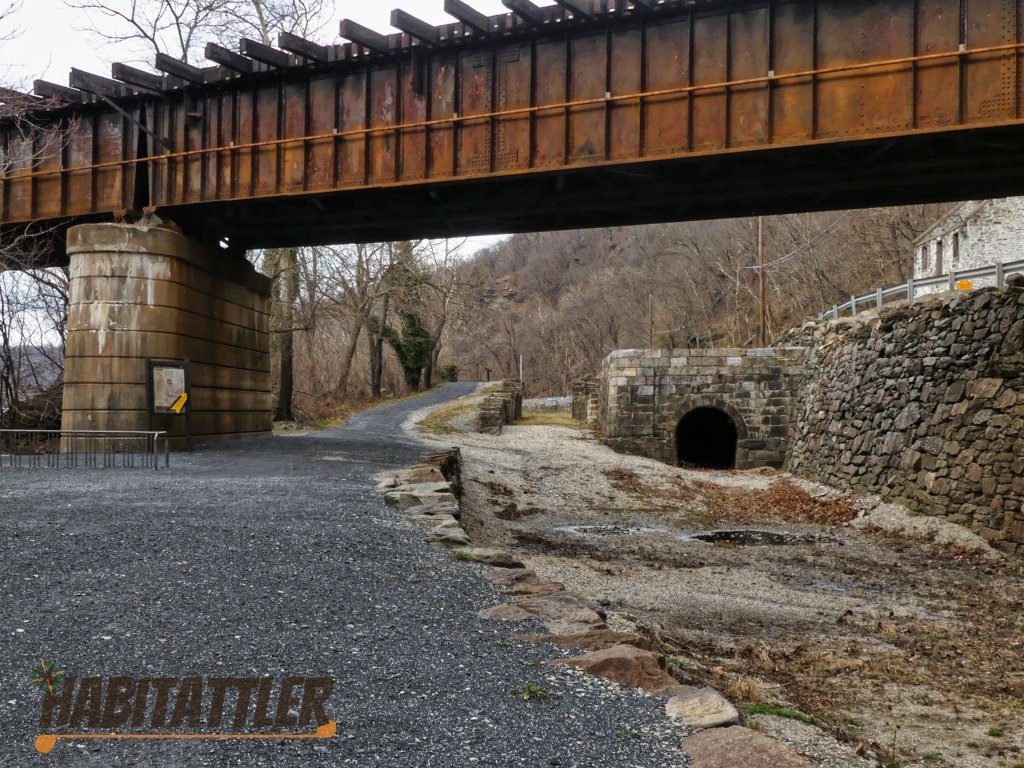
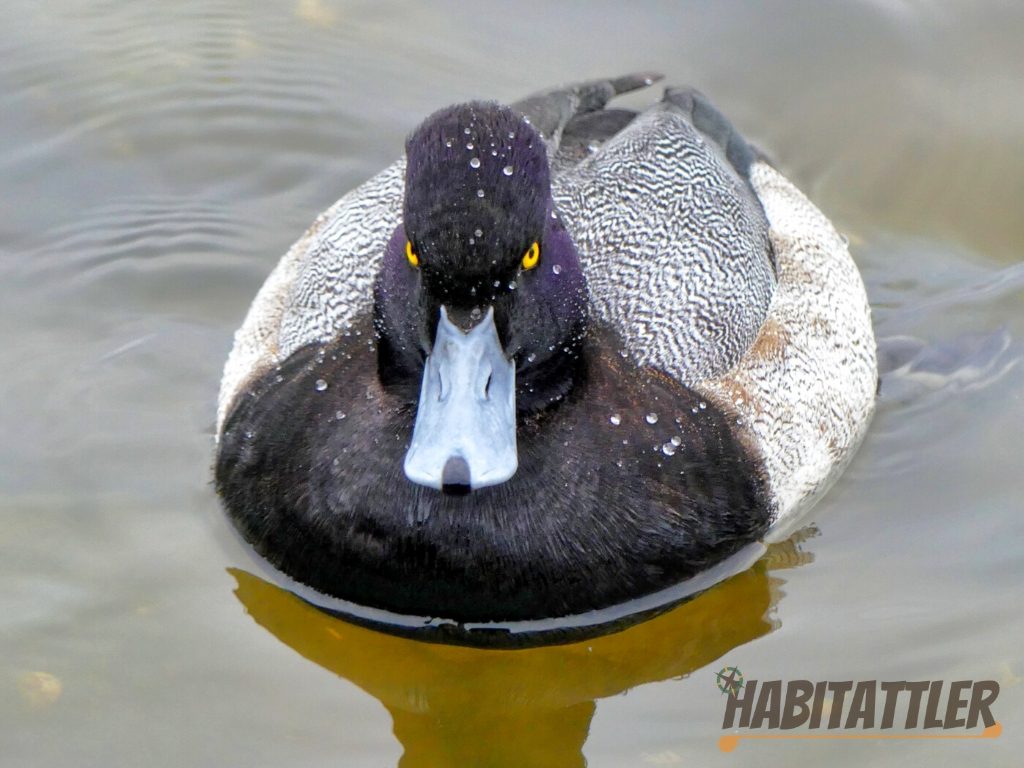
November 30, 2018 @ 4:14 pm
Way to go! Photographer is awesome, and love the humor and personality.
November 30, 2018 @ 8:38 pm
Thanks Daimon, More to come…